| << Chapter < Page | Chapter >> Page > |
Water that has been re-circulated but has received no further treatment and water that has been recovered from processing of food by evaporation or drying, may be used again. This water cannot be used, however, if it poses a risk to the safety and suitability of food.
You must give careful consideration when using water as an ingredient to prevent problems with safety. Potable water must be used wherever necessary to avoid food contamination.
A safety problem could occur, for example, when water is used as an ingredient in ice cream. The freezing process does not kill microorganisms, so it is very easy for a person to become ill from eating contaminated ice cream.
Water may also be used as an ingredient in the form of ice or steam. Certain pathogens can survive the ice- or steam-making process, thus potentially remaining a risk to health if the ice or steam from this source comes into direct contact with food.
Both ice and steam should be produced, handled, and stored to protect them from contaminants.
Many foods have direct contact with steam. The water used in the steaming process should not constitute a threat to the safety and suitability of the products.
Your facility must have adequate and safe wells and plumbing systems to prevent the risk of contamination by water. As a food safety manager, you should know the requirements for the factory for water usage and also all the systems used. With this knowledge, you can identify any maintenance problems and can thus prevent any subsequent contamination.
The source of potable water to your facility must be a recognised one, from either a municipal supply or private well. For it to be acceptable for use, the water supply system must be properly constructed, properly maintained, and routinely tested to ensure the safety of the water coming into your factory.
If your factory receives water from a well, the well should be tested at least once a year; however, you should carry out a risk assessment to see how often testing needs to be done. This risk assessment may look at areas such as possible leaking of contaminates from farmland or industrial areas.
You must have potable hot and cold water available in processing areas. There should also be sufficient volume and water pressure to allow appropriate cleaning.
If your factory has a non-potable water supply which is required to be used as an ingredient or otherwise come into direct contact with food, then this must be effectively purified to potable water quality to remove any risk of contamination.
Water can be purified onsite by a number of methods:
Backflow, by its very nature of potentially mixing potable and non-potable water systems, can pose a high risk to the health of consumers.
(Source: U.S. Food and Drug Administration)
Within any water conveyance system, there are two types of plumbing connections: direct and indirect.
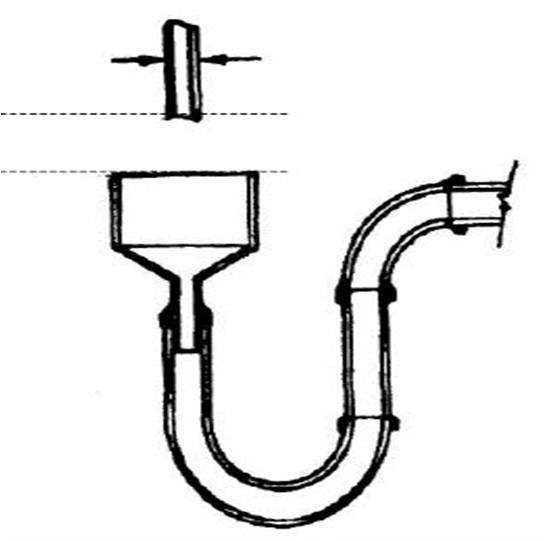
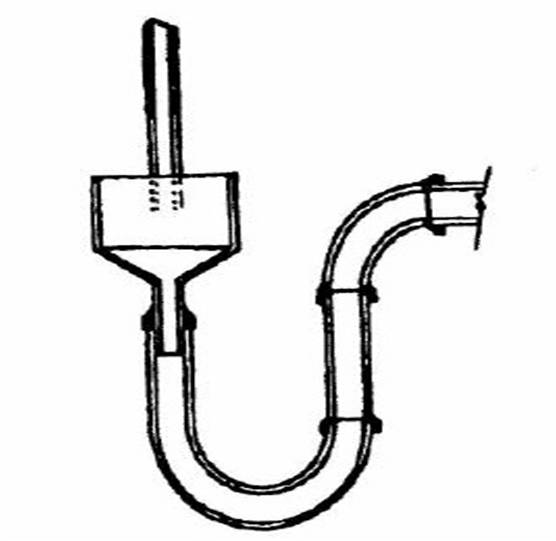
(Source: U.S. Food and Drug Administration)
The vertical physical separation must be at least two times the inside diameter of the water inlet pipe above the flood rim level, but cannot be less than one inch.
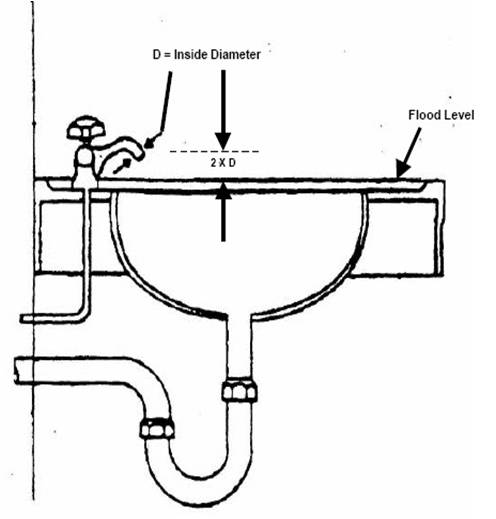
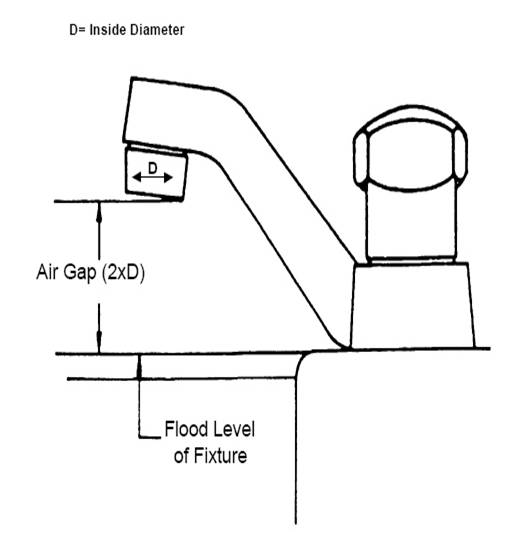
(Source: U.S. Food and Drug Administration)
The connection does not provide an unobstructed vertical distance through the free atmosphere and is not solidly connected, but precludes the possibility of backflow to a potable water source into a sink or dishwasher/or fixture being drained.
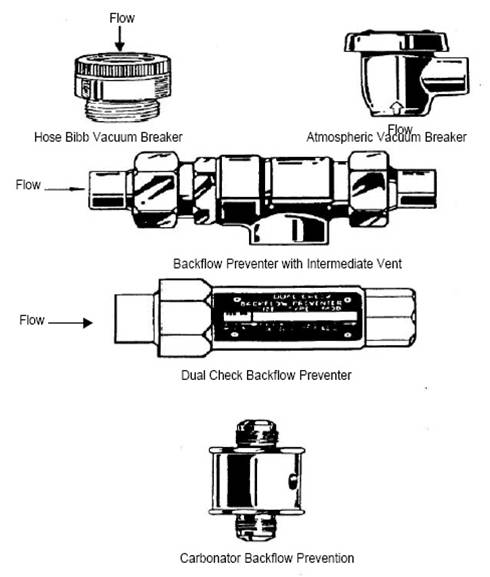
(Source: U.S. Food and Drug Administration)
The management of water quality in your company is extremely important. You must develop a routine monitoring system to ensure water safety for the various uses in food production. You must also be aware of any risks posed by the design of the water conveyance system; for example, the cross- connections in the plumbing system.
When your company commissions any new equipment that uses water, it must be monitored prior to full use to ensure that the safety of water is not compromised.

Notification Switch
Would you like to follow the 'Food safety knowledge network basic level requirements' conversation and receive update notifications?